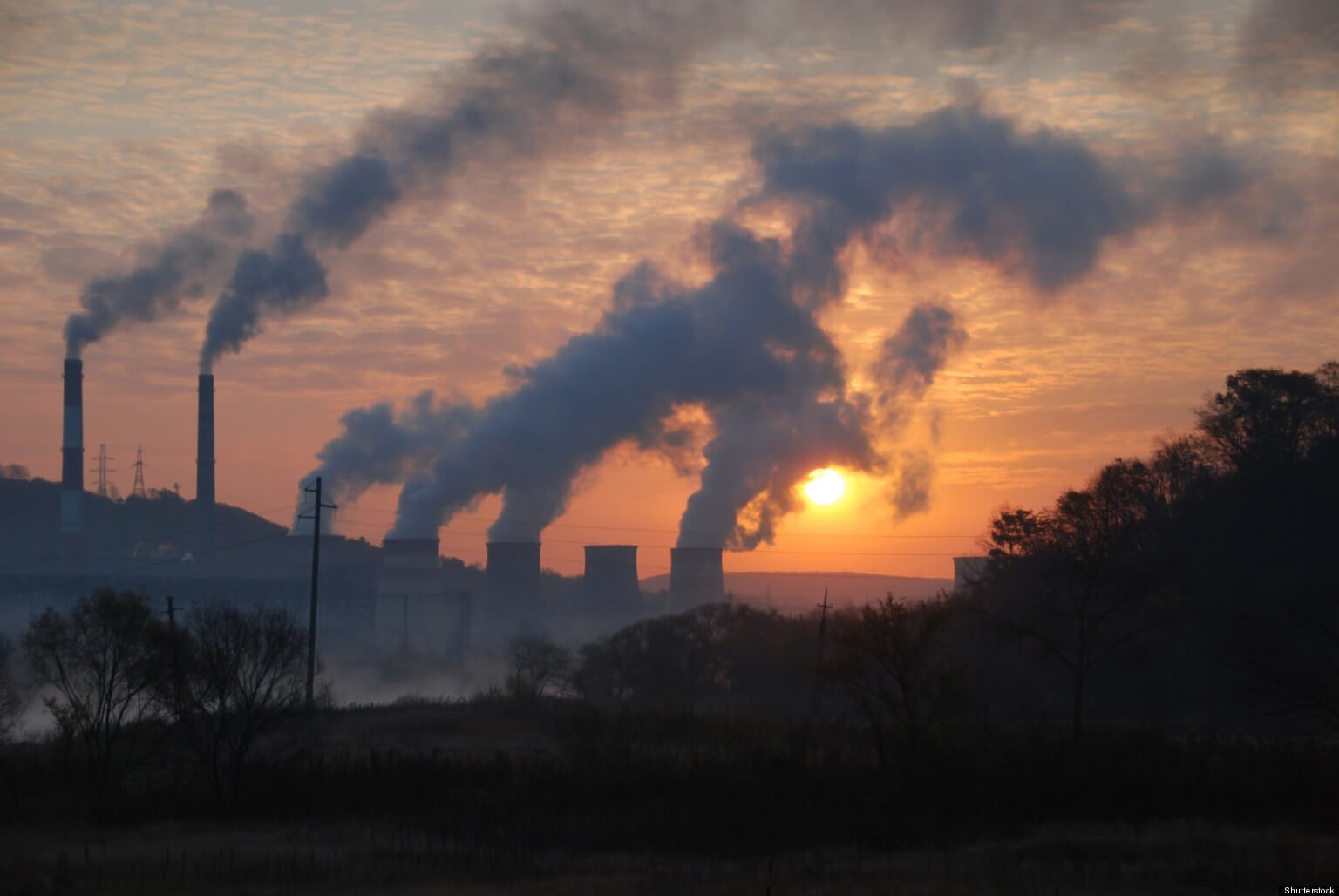China’s parliament on Saturday ratified the Paris agreement on climate change, the Xinhua state news agency said, which could help put the pact into force by as early as the end of the year.
The standing committee of China’s National People’s Congress voted to adopt “the proposal to review and ratify the Paris Agreement” at the closing meeting of a week-long session, the news agency said.
The announcement came as leaders from the world’s 20 biggest economies, the Group of 20 (G20), began to arrive in the Chinese city of Hangzhou for a summit on Sunday and Monday.

Here is all you need to know about the historic agreement:
What is Paris Agreement?
It is an agreement between nations under United Nations Framework Convention on Climate in reached a historic to combat climate change and to accelerate and intensify the actions and investments needed for a sustainable low carbon future. It was first drafted in December 2015.
In April 2016, on Earth Day, 175 world leaders signed the agreement at United Nations headquarters.
Why was it introduced?
The G20 nations contribute to about 80 percent of global carbon emissions. It was thus decided in Paris to slash greenhouse gas emissions and keep global temperature increases to “well below” 2 degrees Celsius.
Who are the big players?
China is responsible for just over 20 percent of global emissions while the United States accounts for another 17.9 percent. Russia accounts for 7.5 percent, with India emits around 4.1 percent.
What lies ahead?
As of now, 180 countries have signed the agreement, 55 nations – covering at least 55 percent of global emissions – need to formally ratify the treaty to put it into legal effect.
Before China, 23 nations had ratified it – including North Korea – but they collectively accounted for just 1.08 percent of global emissions, according to the UN Framework Convention on Climate Change.
The United States, the second biggest emitter, is also set to ratify the agreement in a bid to put the deal into legal force before the end of the year.
(With inputs from Reuters, AFP)
(All images sourced from Reuters)

















